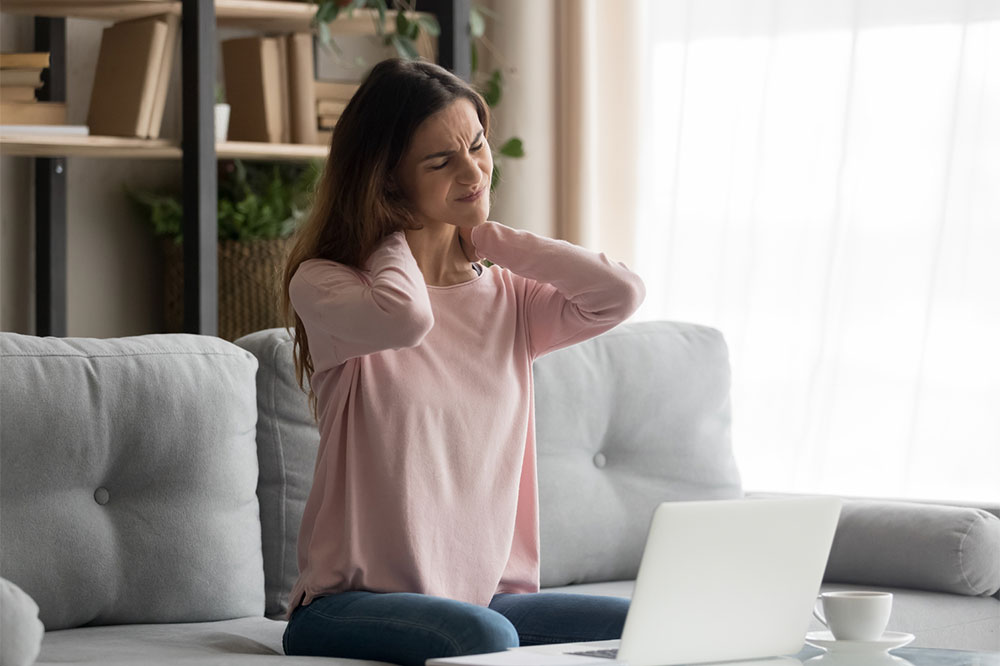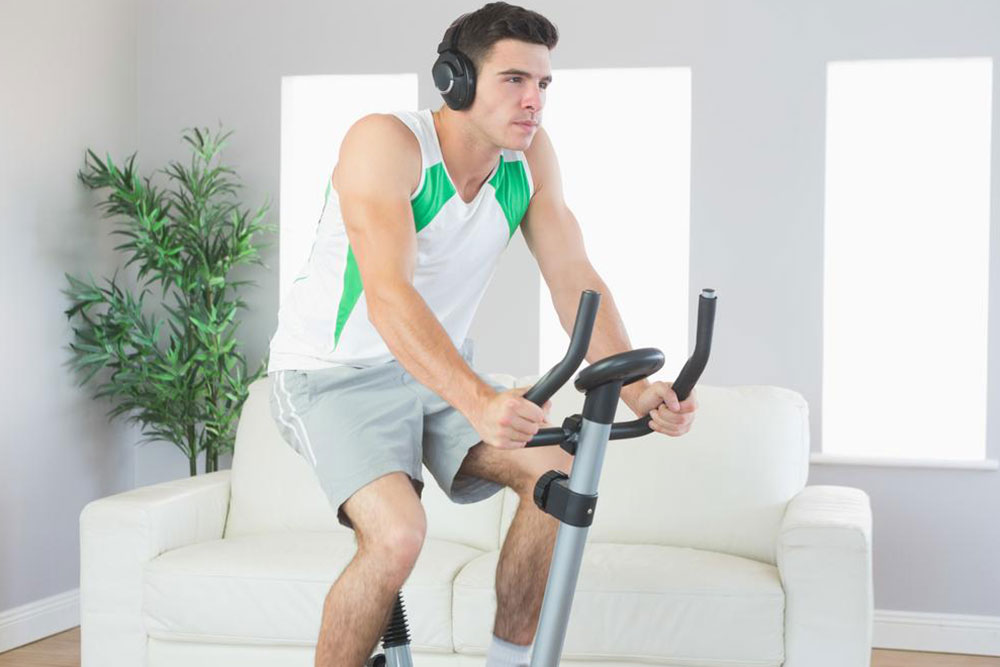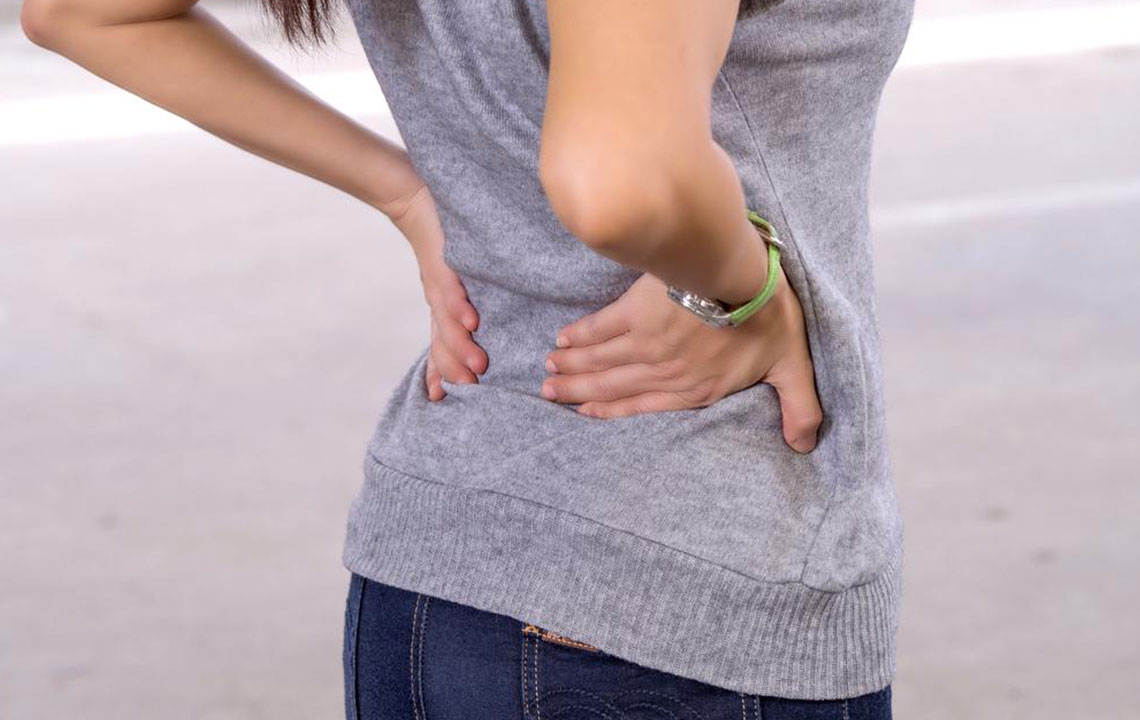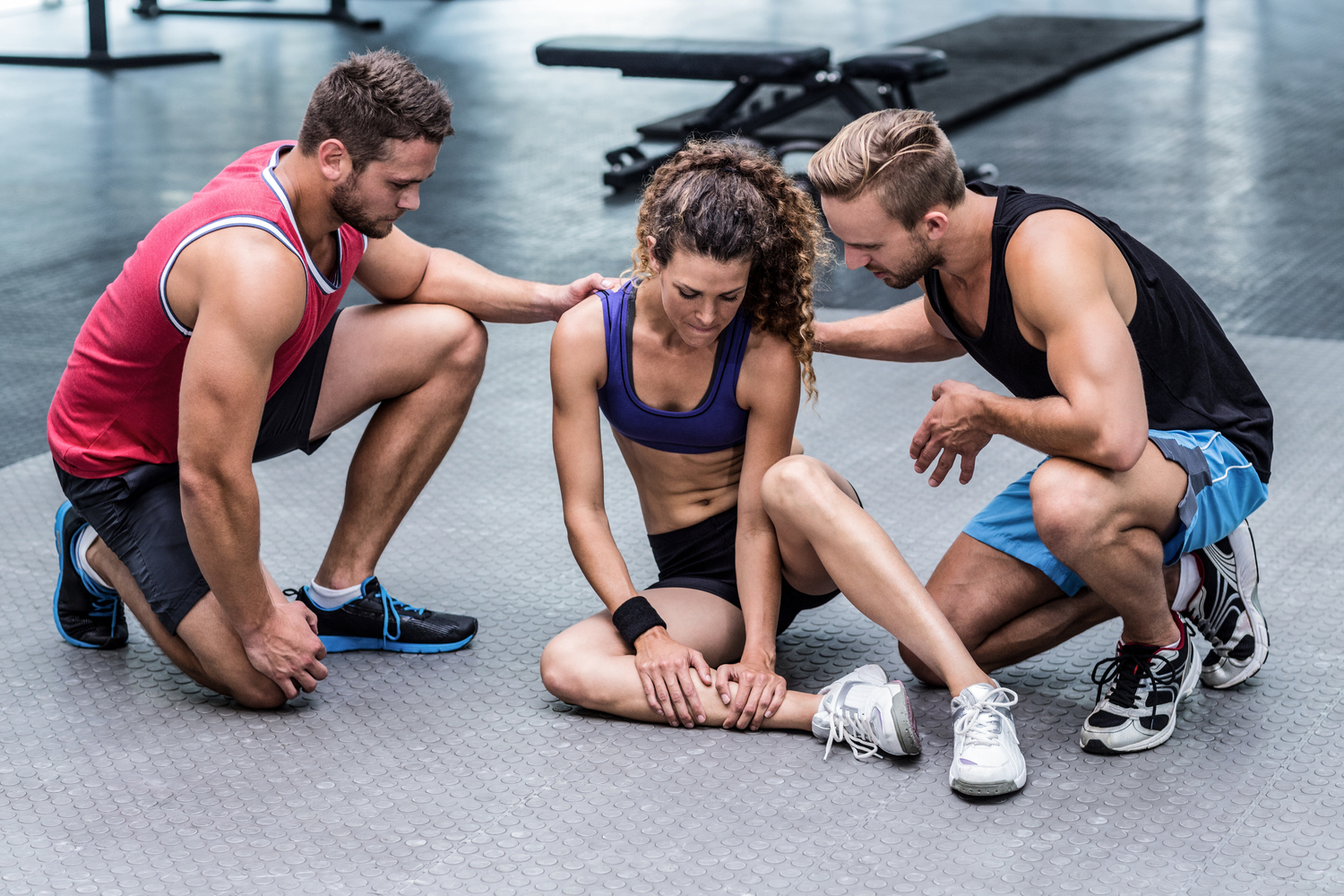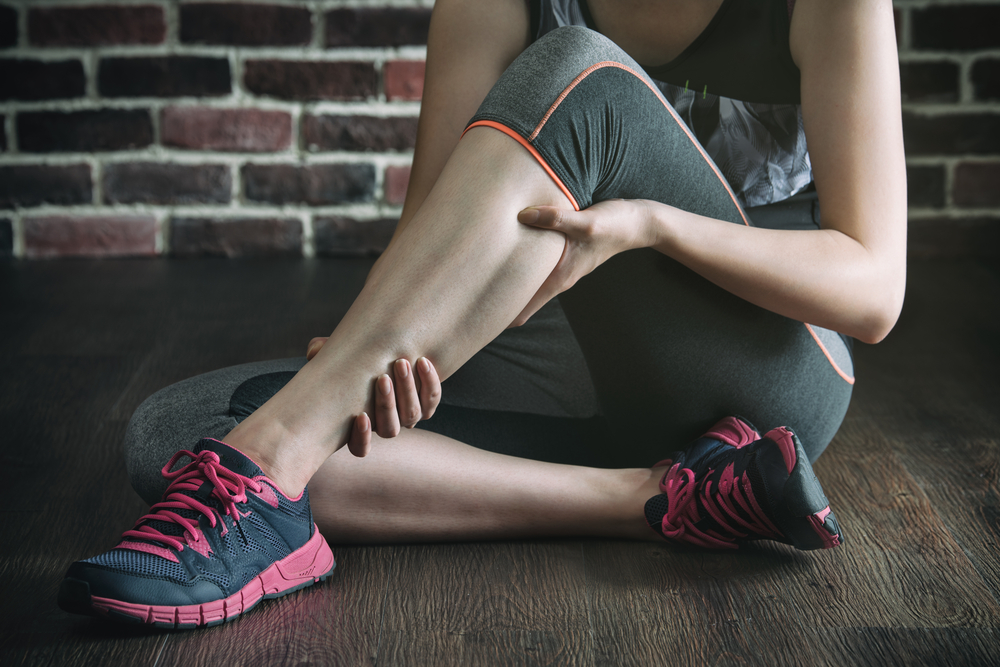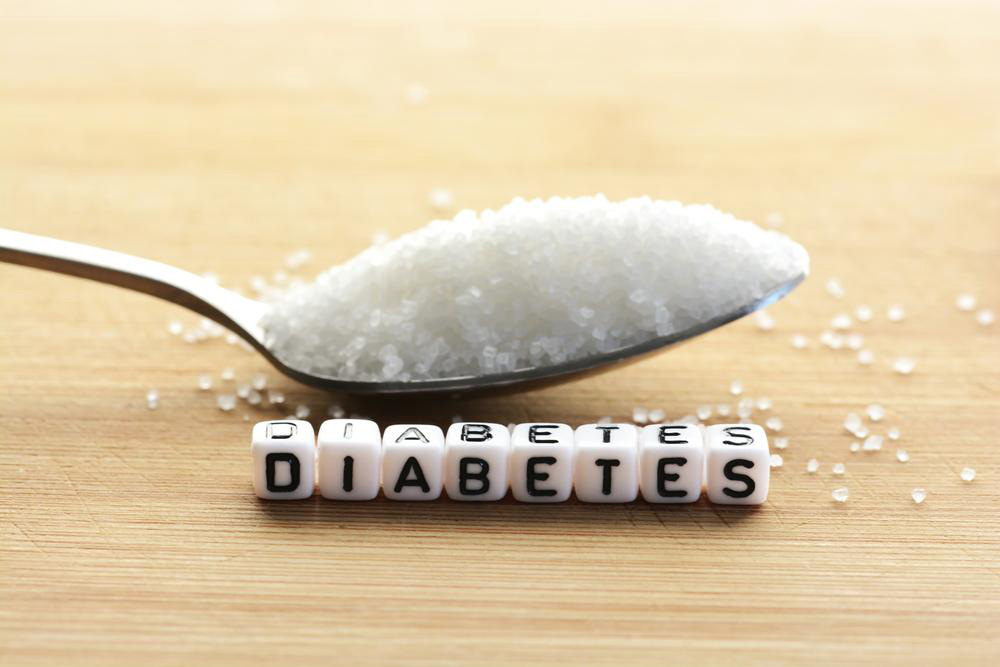Comprehensive Guide to Rapid Relief and Prevention of Muscle Cramps
Discover effective quick fixes and long-term prevention strategies for muscle cramps. Learn how massage, heat/cold therapy, hydration, and stretching can provide immediate relief while lifestyle changes help reduce recurrence. Whether experiencing night cramps or post-workout spasms, this comprehensive guide offers practical solutions to manage discomfort and maintain muscle health effectively.
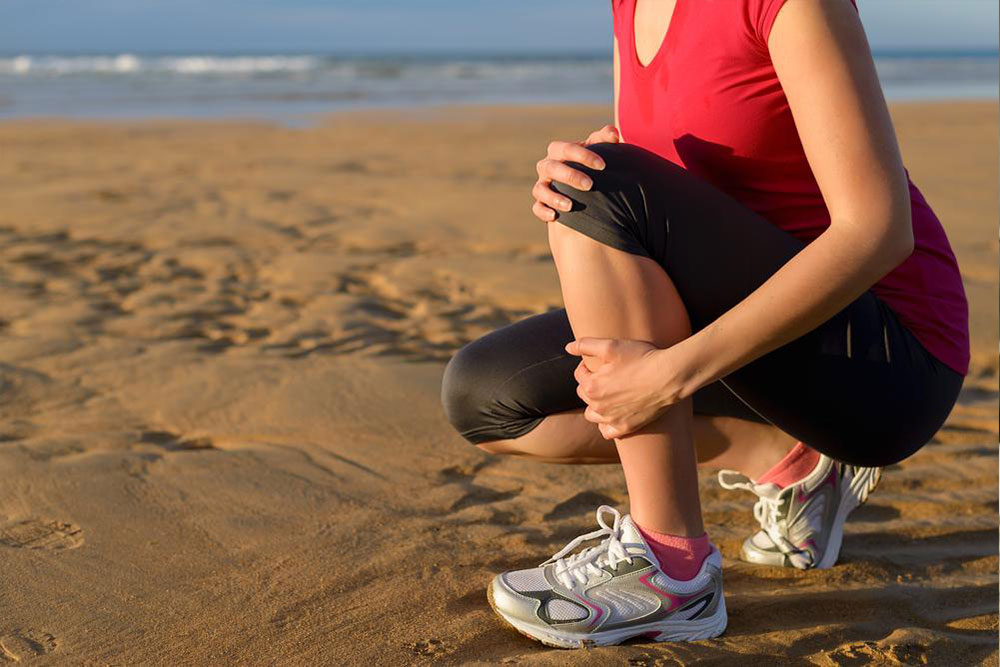
Comprehensive Guide to Rapid Relief and Prevention of Muscle Cramps
Muscle cramps, particularly those that occur unexpectedly at night or after intense physical activity, can be a source of significant discomfort and frustration. These involuntary muscle contractions, often characterized by sudden, sharp pains, can disrupt sleep and impair mobility, leading to a decline in quality of life if not managed effectively. Understanding the causes and implementing effective immediate relief techniques are essential for alleviating pain and preventing future occurrences.
Nighttime leg or foot cramps are particularly troublesome because they strike silently, often leaving individuals puzzled about how to alleviate the pain swiftly. Muscular cramps can also occur after strenuous workouts or prolonged periods of immobility, affecting athletes, fitness enthusiasts, and everyday individuals alike. Recognizing the common triggers—such as muscle strain, dehydration, electrolyte imbalances, or nerve compression—is the first step toward proper management.
What Causes Muscle Cramps?
The exact cause of muscle cramps isn't always clear, but several factors are known to contribute. Dehydration is a primary culprit, especially when combined with electrolyte imbalances involving minerals like potassium, calcium, and magnesium. These minerals are critical for normal muscle function, and their deficiencies can precipitate spasms.
Muscle fatigue caused by overuse during exercise or physical activity can lead to sudden cramps. Prolonged immobility—such as sitting or lying in the same position for too long—can restrict blood flow and trigger spasms. Additionally, certain medications, medical conditions like diabetes or nerve disorders, and nerve compression issues may also be associated with increased cramping risk.
Immediate Remedies for Muscle Cramps
Once a muscle cramp strikes, prompt action can significantly reduce pain and speed up recovery. Here are proven methods to provide rapid relief:
Massage: Gentle massaging of the affected muscle helps alleviate tension and stimulates blood flow. Use your fingers or hands to knead and rub the muscle with firm but gentle pressure. Moving in a circular motion can help relax the muscle fibers and reduce spasms.
Application of Heat and Cold: Alternating between heat and cold therapy can be highly effective. Applying a heating pad, warm towel, or hot water bottle helps loosen tight muscles and increase blood circulation, which promotes healing. Conversely, an ice pack or cold compress can reduce inflammation, numb pain, and lessen the severity of spasms. Swapping between these therapies based on your comfort level can yield optimal results.
Hydration: Maintaining proper hydration is crucial in preventing and alleviating muscle cramps. Drinking plenty of water throughout the day, especially during and after physical activity, helps sustain electrolyte balance and muscle elasticity. Including beverages containing electrolytes—such as sports drinks or coconut water—can further replenish lost minerals.
Stretching Exercises: Gentle stretching of the affected muscle can provide immediate relief. For cramps in the calf, for instance, flexing your foot upward toward your shin stretches the muscle. Hold each stretch for 20-30 seconds, avoiding overexertion, until the pain subsides. Regular stretching routines can also reduce the frequency of future cramps.
Toe and Foot Stretchers: Devices like toe stretchers can be a beneficial addition to your routine. They help improve toe alignment, elongate ligaments, and reduce muscle tension around the toes. Wearing toe stretchers for at least an hour daily can decrease the likelihood of cramps, especially in individuals prone to frequent episodes.
Long-term Strategies to Prevent Muscle Cramps
Prevention is always better than cure. Incorporating certain habits and lifestyle changes can significantly reduce the risk of future cramps:
Stay Well-Hydrated: Ensure consistent fluid intake throughout the day, especially before, during, and after exercise. Proper hydration helps maintain the electrolyte balance crucial for muscle function.
Maintain a Balanced Diet: Consuming foods rich in potassium (bananas, oranges), magnesium (nuts, whole grains), and calcium (dairy, leafy greens) supports muscle health. Proper nutrition ensures your body has the necessary minerals to prevent spasms.
Regular Stretching and Exercise: Incorporate stretching routines and moderate physical activity into your daily schedule to strengthen muscles and improve flexibility. Focus on the calves, thighs, and foot muscles, as these are most often affected by cramps.
Avoid Prolonged Immobility: If your work involves extended sitting or standing, take frequent breaks to move and stretch to improve circulation.
Address Underlying Medical Conditions: Consult healthcare providers if cramps are persistent or severe, as they might indicate underlying health issues needing medical intervention.
Additional Tips and Considerations
While the methods above are effective, it’s important to understand your body's signals and avoid exacerbating cramps. For example, over-aggressive stretching or vigorous massage can sometimes worsen pain. If cramps are very painful, recurrent, or associated with other symptoms like swelling, weakness, or numbness, it's essential to seek medical advice for a comprehensive diagnosis and treatment plan.
Incorporate these practical tips into your daily routine to effectively manage muscle cramps. With consistency, you can alleviate discomfort and prevent future episodes, ensuring better mobility and overall quality of life.
